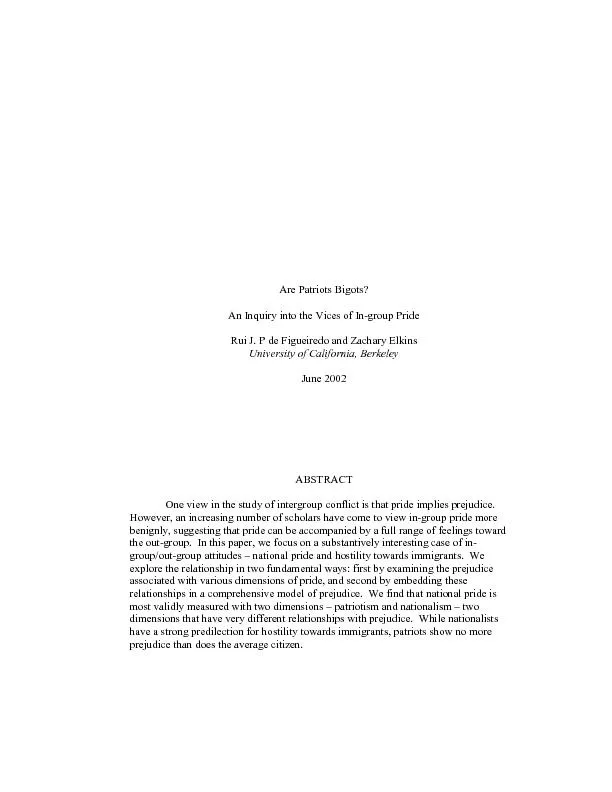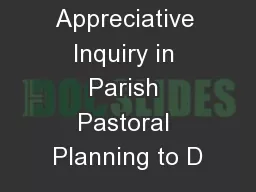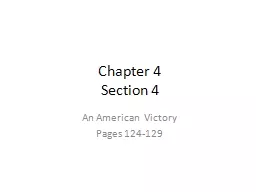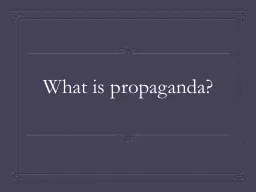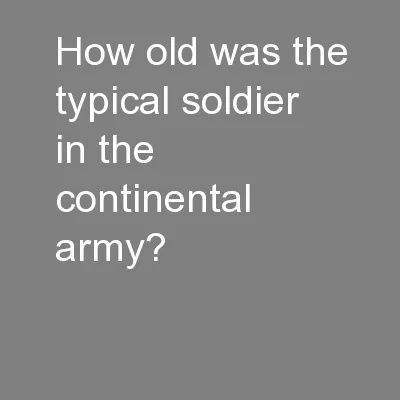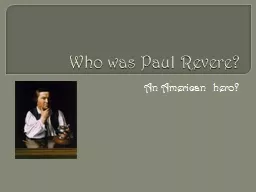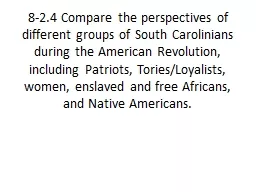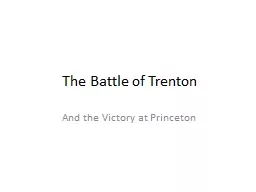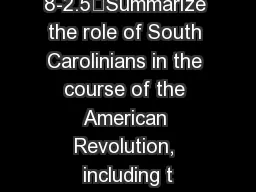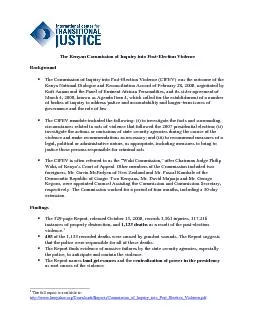PDF-Are Patriots Bigots?An Inquiry into the Vices of In-group PrideRui J.
Author : phoebe-click | Published Date : 2016-10-16
Are Patriots Bigots p 1NTRODUCTIONThere is a certain amount of moral ambivalence surrounding expressions of group pride On theone hand a long tradition of research
Presentation Embed Code
Download Presentation
Download Presentation The PPT/PDF document "Are Patriots Bigots?An Inquiry into the ..." is the property of its rightful owner. Permission is granted to download and print the materials on this website for personal, non-commercial use only, and to display it on your personal computer provided you do not modify the materials and that you retain all copyright notices contained in the materials. By downloading content from our website, you accept the terms of this agreement.
Are Patriots Bigots?An Inquiry into the Vices of In-group PrideRui J.: Transcript
Download Rules Of Document
"Are Patriots Bigots?An Inquiry into the Vices of In-group PrideRui J."The content belongs to its owner. You may download and print it for personal use, without modification, and keep all copyright notices. By downloading, you agree to these terms.
Related Documents

